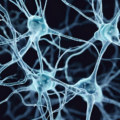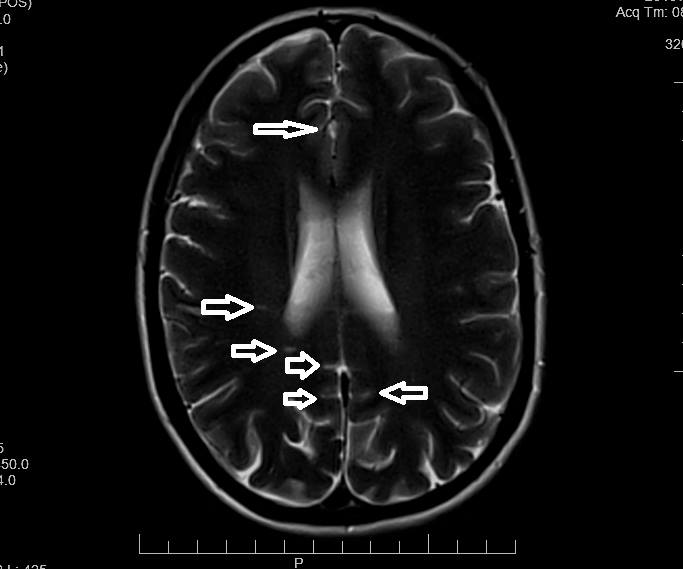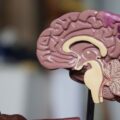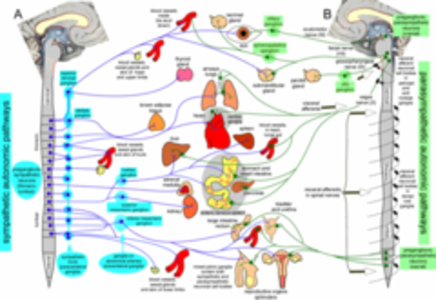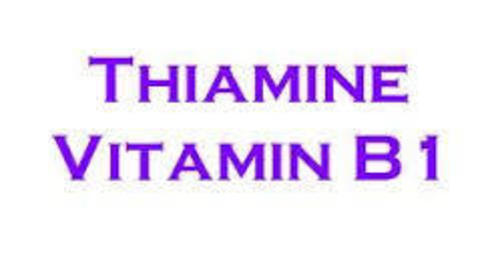This post is an attempt to answer the questions raised by the extraordinary post vaccination medical history of this 16 year old girl. Of all the HPV vaccine histories that have been recorded on “Hormones Matter” this is, in my view, one of the worst. We seem to be carrying out a vicious experiment on human beings and if this is not recognized as an indictment on the HPV vaccine, I do not know what will move the powers that be. With a very detailed history like this it is easy to see the relationship of the symptoms with the HPV vaccine. There is absolutely no doubt in my mind that this represents massive mitochondrial dysfunction affecting the brain and nervous system, particular the autonomic nervous system. I will try to discuss each symptom as it appears in the history.
Clues in the Pre – HPV Vaccine History
First of all it must be recognized that this young lady had pervasive developmental disorder, asthma, pyelitis, a topic dermatitis, otitis media, Candida, hemolytic streptococcus, pneumonia, “wart”, periodic fever, agrochemical sensitivity and recurrent stomatitis before she received the HPV vaccine. We are not told whether these symptoms were related to previous vaccinations. This appears to be consistent with a persistent concept among parents that infancy vaccines sometimes do more harm than good in a minority of children. The history here suggests a genetic or nutritional risk factor in addition to the stress of the vaccination.
Post – HPV Vaccine Reaction
Her attitude towards this dreadful post HPV vaccine legacy was excellent since she attended school in spite of fever. She is described as athletic with a good nature prior to vaccination and there was a major post vaccination personality change. The slow pulse suggested parasympathetic dominance that made at least a partial post-vaccination switch to sympathetic dominance. I base this on the description of an average post vaccination increase in pulse rate. I believe that the timeline reported in the medical history is important. She had the usual three injections. After the first one she developed asthma and since this was an early affliction I assume that the injection was a stress factor that triggered it. Asthma is caused by an imbalance in the autonomic nervous system. After the second injection she developed urticaria. This was again a signal through the autonomic system that delivered a message to histamine releasing cells in the skin.
The worst situation arose after the third HPV vaccine injection. Symptoms described were arrhythmia, an increase in circulating eosinophils, fever, hypersomnia, aggressiveness, childish behavior, hyperpnea, muscle weakness, headache, parotitis, temporo-mandibular joint syndrome, dysphagia, stomatitis, abdominal pain, vomiting, diarrhea, photophobia, double vision, and “blood stagnation” in the hippocampus. The gradual worsening with each injection might be compared with the repeated blows of a hammer where a nail is driven in a little bit more with each blow. With this detailed description, a cause and effect relationship with each injection seems to be obvious and it would be stupid to regard this as a coincidence.
Oxidative Stress and the Brain
Let me try to explain these symptoms because I can assure you that they are all related to the brain. In particular, I am referring to the limbic system of the brain, that part of the brain that computes our adaptive mechanisms through the autonomic nervous and endocrine systems. The reference to the hippocampus makes it clear that the limbic system is involved because this is an important organ within that system. We can sum up the situation by saying that this young lady is now maladapted to her physical and mental environment.
When this part of the brain suffers from reduced energy efficiency from defective oxidative metabolism in mitochondria, it becomes erratic in the way it reacts to input signals delivered through the sensory system. This continuous process of brain and body signaling is how we adapt to our environment throughout life. We have to go back to the writings of Hans Selye whose professional career was spent in studying the effect of physical stress in animal systems. He reported his work as “The General Adaptation Syndrome” and referred to the diseases of mankind as the diseases of adaptation. I would have preferred to call it the diseases of maladaptation. What Selye emphasized throughout his writings was that it was consumption of energy that was required for adapting and its failure resulted in the syndrome that he described.
Now we know that the mitochondria are responsible for producing energy required for this, the General Adaptation Syndrome makes perfect sense. When Selye was doing his work, the biochemistry of energy metabolism was in its infancy. Now we have much more information about oxidative metabolism and energy production. Until recently, any mitochondrial dysfunction was considered to be invariably genetic in origin. We are now aware that it can be acquired as a result of environmental stress that results in insufficient energy to meet the mental or physical demand.
Diminished Oxidative Metabolism and the Limbic System: HPV Vaccine and Personality
The change in personality from a gentle to an aggressive individual is absolutely characteristic of diminished oxidative metabolism in the limbic system. In particular, the autonomic nervous system becomes extremely erratic in its behavior. It winds up by misdirecting the normal signals that go to the organs of the body and the associated symptoms are chaotic, referred to as dysautonomia. For example, the reaction to a mild reprimand might be an explosive temper tantrum and dietary indiscretion might well be an important factor in the waves of juvenile violence that seem to be otherwise inexplicable. For the past 35 years I have been seeing the personality of children change because of abnormal biochemistry in the limbic system. They have wicked temper tantrums, kick the door or the wall, are rude to parents and teachers and are generally out of control. By rescuing them from their appalling diet and giving them supplements, nearly all of them would gradually come back to being a normal child.
We are suffering from an epidemic of biochemical rather than psychological disease. Of course there is a genetic principle behind it; there always is! The smarter the child the greater the dietary risk. This should be fairly obvious to anybody because, like our cars, the better the car the better the fuel has to be. Because the brain, central nervous system and the heart are the most oxygen consuming tissues in the whole body, it is hardly surprising that they are the first to succumb. They are the organs most affected by vitamin B1 deficiency that causes beriberi. This vitamin, like a spark plug in a car, is a necessity to the oxidation of glucose, the primary fuel used by our cells, particularly in brain. Of course, it is not the only non caloric nutrient required, but its association with energy metabolism is clearly dominant.
We have seen from previous posts on this web site that some victims of post vaccination postural orthostatic tachycardia syndrome (POTS) were thiamine deficient and the dysfunction in the autonomic nervous system could legitimately be called beriberi. I have suggested several times that a marginal state of brain biochemistry may exist before the vaccination is given and that it acts as a stress factor. This might be from an unknown genetic risk or from a diet that does not meet the mental and physical activity required by the individual or a variable combination of both. It would explain why this HPV vaccine appears to pick off the brightest and the best.
In my opinion this young lady can only be helped by the administration of intravenous vitamins since that is the only way in which the necessary concentrations can be built up. It can be compared with changing the spark plugs in the engine of a car to improve its performance. Thiamine tetrahydrofurfuryl disulfide is available in Japan under the trade name of Alinamin, I have no doubt that this would be an important addition to the intravenous concentration of water soluble vitamins.
